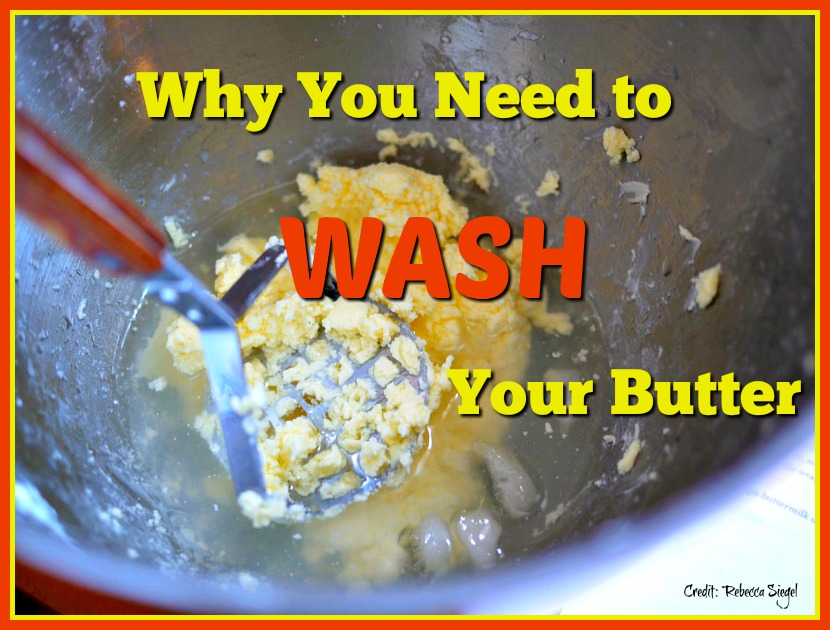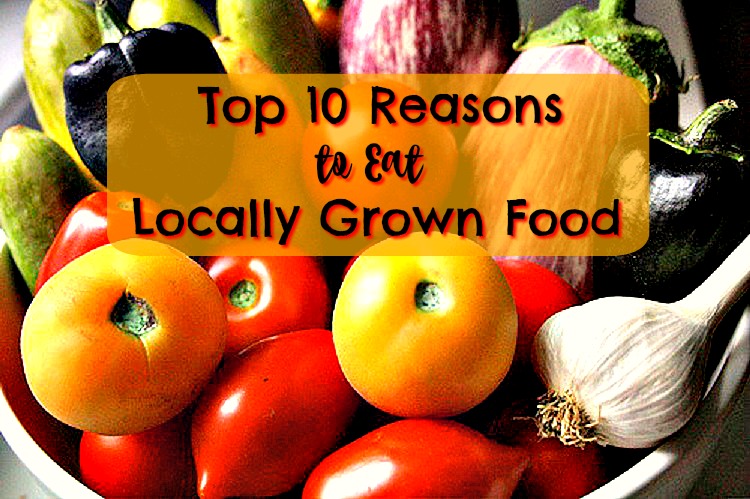 Have you ever been told that it makes no difference whether or not you wash your homemade butter? Do you think it really matters all that much one way or the other? Wouldn’t it be easier and faster to skip the washing step and just work the buttermilk out of the butter?
Have you ever been told that it makes no difference whether or not you wash your homemade butter? Do you think it really matters all that much one way or the other? Wouldn’t it be easier and faster to skip the washing step and just work the buttermilk out of the butter?
Here are the answers to the above questions:
- They lied.
- Yes, it actually matters a lot.
- Um, that would be a NO.
Are you surprised by any of these answers? If not, then you’re an expert butter maker. Congratulations!
Let’s take a look at the science of butter-making to see why washing the butter is a critical step in the process. An effective way to determine whether a procedure is important is to find what happens when it doesn’t get done. That’s a good place to begin our discussion. Continue reading


